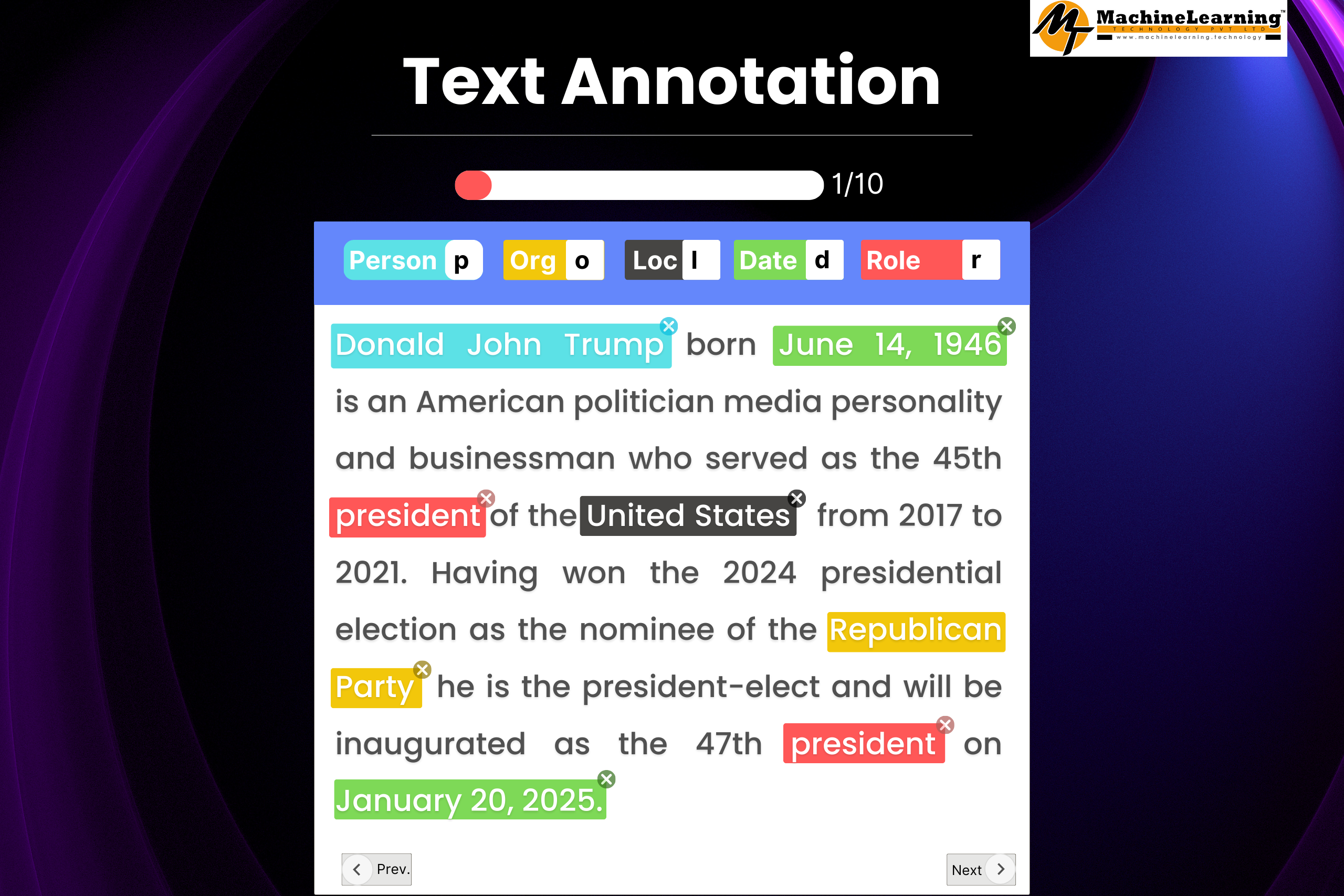Artificial Intelligence (AI) is changing the world around us. From personalized recommendations on streaming platforms to self-driving cars, AI is making life easier and more efficient. But what powers these smart systems? The answer is data—high-quality training data. Just like a chef needs fresh ingredients to cook a great meal, AI models need clean, well-structured, and diverse data to function effectively.
In this blog, we’ll break down why high-quality training data matters, how it impacts AI performance, and what we can0odels learn the right way.
What is Training Data?
Think of AI as a student learning from a textbook. Training data is the textbook—it teaches AI how to recognize patterns, make predictions, and improve over time.
In supervised learning, training data consists of examples with labels. For example, if we want AI to recognize cats in pictures, we feed it thousands of labeled images of cats. The AI then learns what makes a cat different from other animals. In unsupervised learning, AI tries to find patterns on its own, like grouping similar customer behaviors in marketing.
Why Does High-Quality Training Data Matter?
You wouldn’t expect a student to excel with an outdated or incorrect textbook, right? The same goes for AI. The quality of data directly affects how well AI performs. Here’s why:
- Accuracy and Reliability: AI relies on training data to make decisions. If the data contains errors or inconsistencies, the AI learns the wrong lessons. This can lead to false predictions, such as a medical AI misdiagnosing a disease.
- Reducing Bias in AI: Bias in AI is a major concern. If AI is trained on data that isn’t diverse, it can make unfair decisions. For instance, an AI-powered hiring tool trained mostly on male applicants might unknowingly favor men over women. High-quality, diverse training data helps create fairer AI systems.
- Generalization and Real-World Adaptability: A good AI model doesn’t just memorize—it learns to apply its knowledge to new situations. If training data is high quality, AI can make accurate predictions even when faced with unfamiliar inputs. This is especially important in industries like healthcare, where AI needs to adapt to new patient cases.
- Efficiency and Performance: Training AI with poor-quality data is like teaching a child with unclear instructions. The AI struggles to take longer to learn and requires more computational power. On the other hand, well-structured and clean data speeds up learning and improves efficiency.
What Makes Training Data “High Quality”?
Not all data is created equal. For AI to perform well, training data should have these key qualities:
- Accuracy: The data must be correct and free from errors. Mislabeled or incorrect data can lead to faulty AI predictions.
- Diversity and Representation: AI should be trained on data that reflects real-world diversity—age, gender, language, location, and other factors. This helps avoid bias and ensures AI works well for everyone.
- Consistency: Data should be formatted and labeled in a uniform way. If different datasets use different labeling methods, AI can get confused and make inconsistent predictions.
- Completeness: Missing or incomplete data weakens AI learning. The more examples an AI sees, the better it can understand patterns and make informed decisions.
- Relevance: Irrelevant data can clutter the learning process. If we’re training an AI chatbot for customer service, including medical data won’t be useful.
Challenges in Getting High-Quality Training Data
Gathering and preparing good training data is no easy task. Here are some common challenges:
- Finding Reliable Data Sources: Not all available data is trustworthy. Many datasets contain errors or biases. Ensuring data comes from credible sources is crucial.
- Data Labeling Takes Time: For supervised learning, data needs to be labeled correctly. Imagine labeling thousands of images by hand—it’s a slow and expensive process!
- Avoiding Bias: Data bias can creep in unknowingly. If AI is trained mostly on Western datasets, it might struggle with non-Western names or accents. Careful selection of diverse data is essential.
- Privacy and Security Issues: Using personal data comes with responsibility. AI companies must comply with data protection laws like GDPR and CCPA to ensure user privacy.
How to Ensure High-Quality Training Data
The good news is that we can take steps to improve training data quality. Here are some best practices:
- Use Trusted Data Sources: Gather data from verified and reputable sources to ensure accuracy and reliability.
- Clean and Organize Data: Use data cleaning techniques to remove duplicates, correct errors, and fill in missing values. Structured and well-organized data leads to better AI performance.
- Ensure Diversity in Data Collection: Collect data from various sources and demographics to ensure fairness and reduce bias in AI models.
- Update Training Data Regularly: AI needs fresh data to stay relevant. Just like humans continue learning throughout life, AI should be retrained with updated data.
- Improve Data Labeling: Consider using professional data annotators or AI-assisted labeling tools to speed up and improve accuracy in data labeling.
- Follow Ethical AI Guidelines: AI development should be ethical and transparent. Organizations must ensure AI respects user privacy and avoids discrimination.
Conclusion
High-quality training data is the foundation of AI success. Just like a student needs a good education, AI models need the right data to learn effectively. If AI is trained with poor or biased data, it won’t perform well and may even cause harm. But with accurate, diverse, and well-organized data, AI can become smarter, fairer, and more useful in everyday life.
As AI continues to shape the future, businesses and researchers must prioritize data quality. By focusing on clean, well-labeled, and diverse datasets, we can build AI systems that truly benefit society and make intelligent decisions with confidence.
So, next time you marvel at how AI works, remember—it all starts with the right training data!



